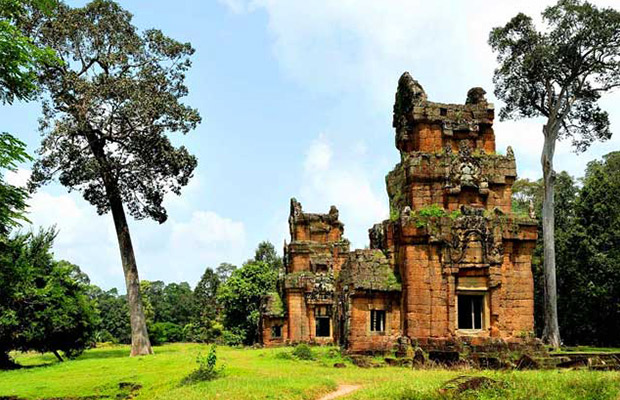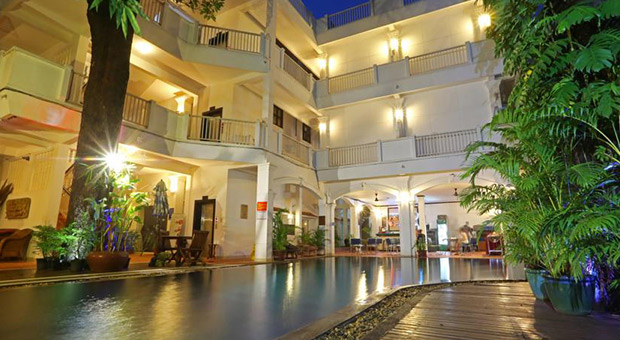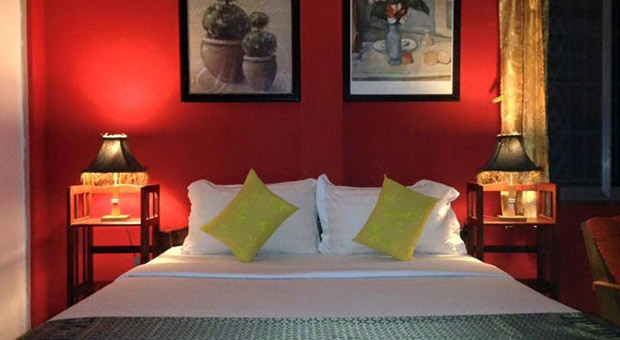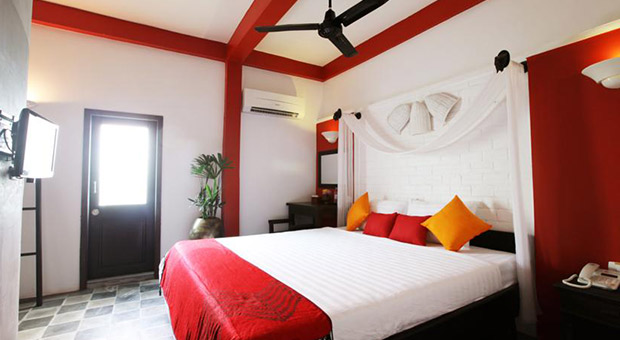Prasat Suor Prat
Prasat Suor Prat
Cambodia
Siem Reap
Siem Reap Travel Guide
Book Tour & Activities
Your tour in Siem Reap.
Book your stay
Your hotel in Siem Reap.
Overview
Twelve nearly identical laterite/sandstone towers that stand opposite and parallel to the Terrace of the Elephants. The artistic and architectural style of the towers is unique, defying easy classification and dating. Construction may have begun under Jayavarman VII, but the towers do not display the classic Bayon-style characteristics. It has been argued that they may be post-Bayon or perhaps much earlier, as early the 11th century. The original function of the towers is a matter of debate but in the 13th century classic, "Customs of Cambodia," Chinese emissary to Angkor, Zhou Daguan, gives a romantic but dubious first hand account of their function.
Prasat Suor Prat is a series of twelve towers spanned north to south lining the eastern side of royal square in Angkor Thom, near the town of Siem Reap, Cambodia. The towers are made from rugged laterite and sandstone. The towers are located right in front of Terrace of the Elephants and Terrace of the Leper King, flanking the start of the road leading east to the Victory Gate, on either side of which they are symmetrically arranged. Their function remains unknown.
The current tower's name in Khmer means "The towers of the tight-rope dancers", a romantic name derived from local belief assuming that they were used to support a high wire stretched between them for acrobatics purpose during royal festivals. This belief however, is irrelevant. Zhou Daguan describes in his records that the towers are used to settle disputes among Angkorian people.
The temple was possible built during the reign of Indravarman II.
A group of twelve small laterite towers, dating from the reign of king Jayavarman VII, the end of the 12th-beginning of the 13th century AD, stand facing the
Terrace of the Elephants, at the edge of the jungle on the east side of the Victory Gate. To the local people, however, they were known as Prasat Sour Proat, “the towers of the tight rope walkers,” because the performers stretched their high wires between them. However, a Chinese Diplomat Zhou Daguanstated that “the towers were places where justice was dispensed.”
Among the twelve towers, the structures identified as N1 tower and N2 antechamber were in danger of collapse and were reconstructed in 2001-2005 by JSA (Japanese Government Team for the Safeguarding of Angkor) and APSARA.
Video Travel Inspiration
Most Popular Cities

Siem Reap
Cambodia
Ho Chi Minh City
Vietnam
Beijing
China
Paris
France
London
United Kingdom
New York
USA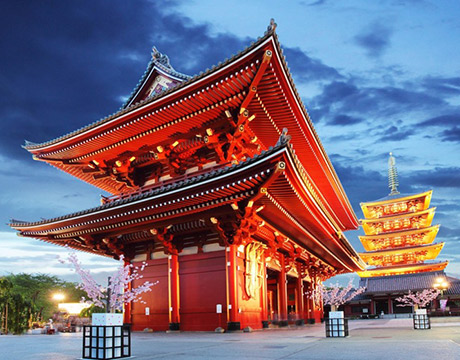
Tokyo
Japan
Bangkok
Thailand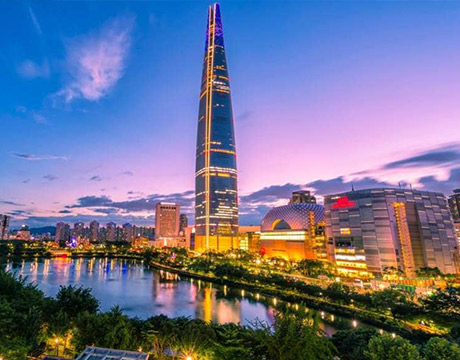
Seoul
South Korea
Vientiane
Laos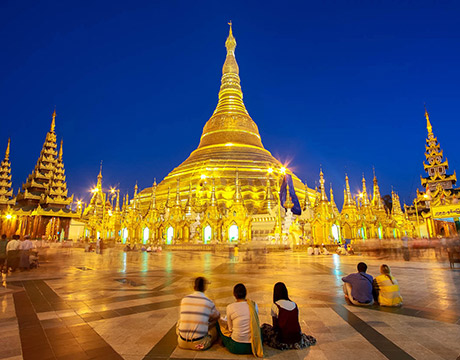
Yangon
Myanmar
Washington DC
USA
Los Angeles
USA
Ottawa
Canada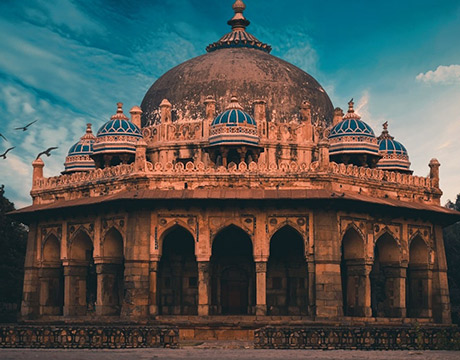
New Delhi
India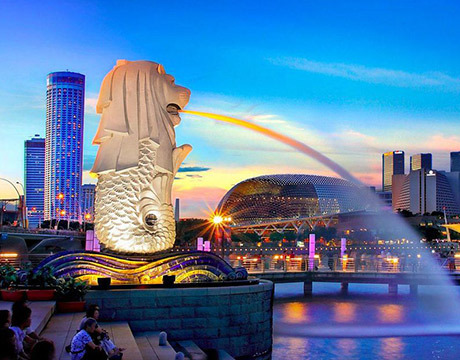
Singapore
Singapore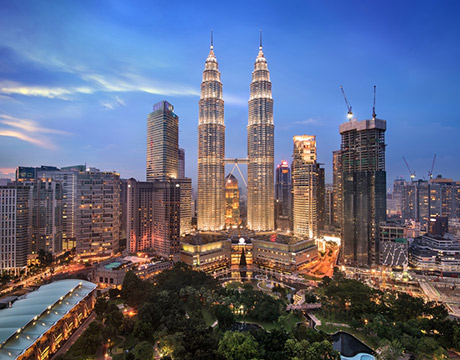
Kuala Lumpur
Malaysia
 English
English French
French Khmer
Khmer Thai
Thai Vietnamese
Vietnamese Chinese
Chinese Korean
Korean German
German Japanese
Japanese Italian
Italian Russian
Russian Spanish
Spanish Dutch
Dutch Indonesian
Indonesian Malay
Malay
